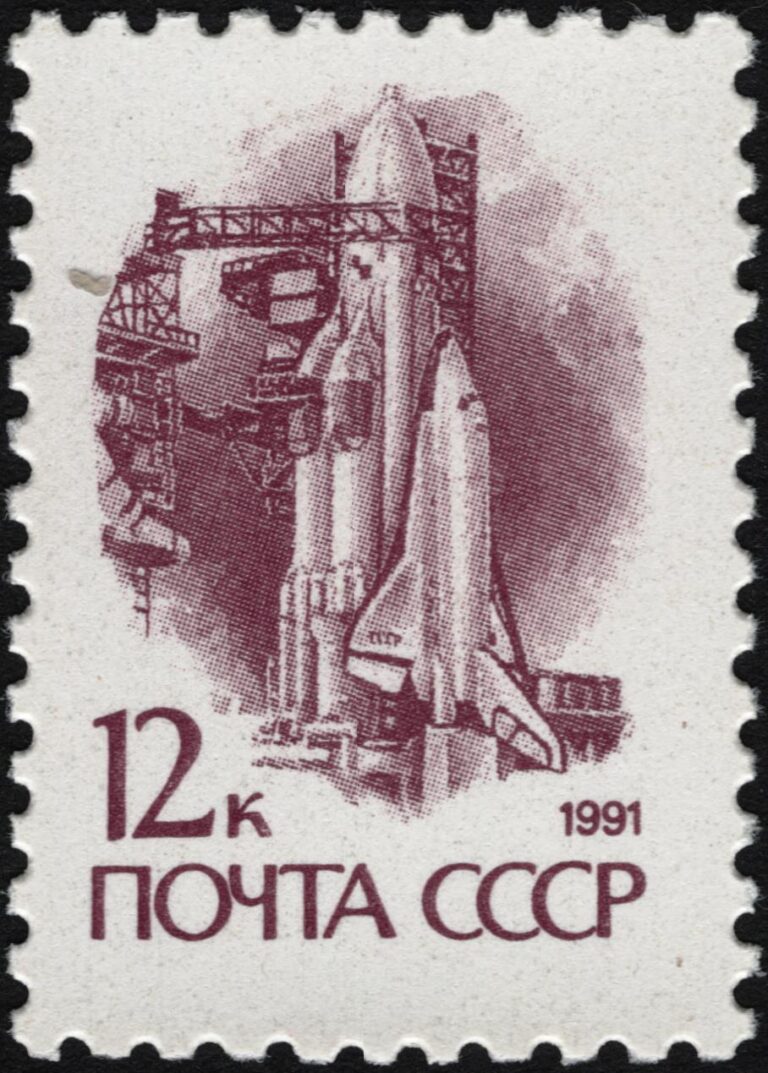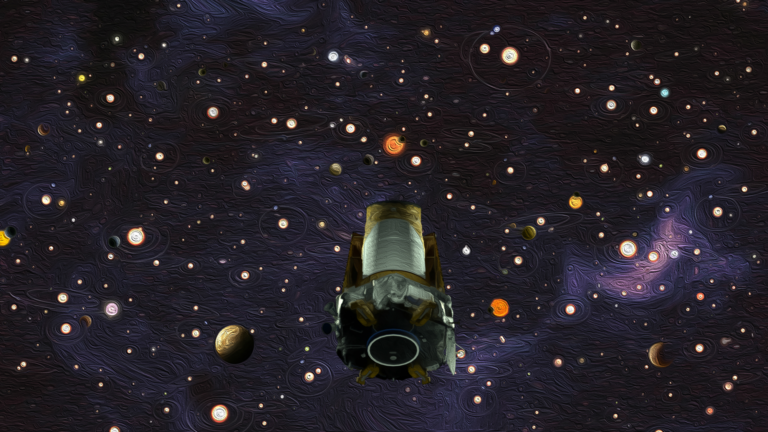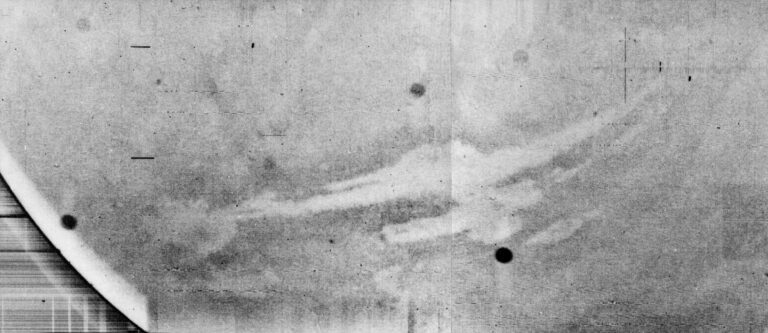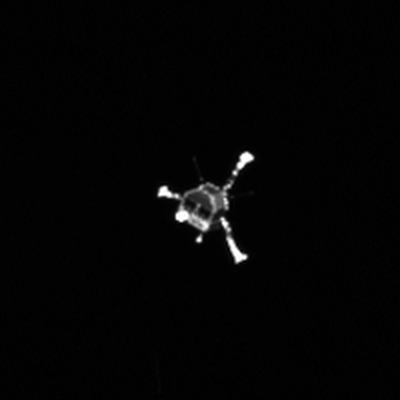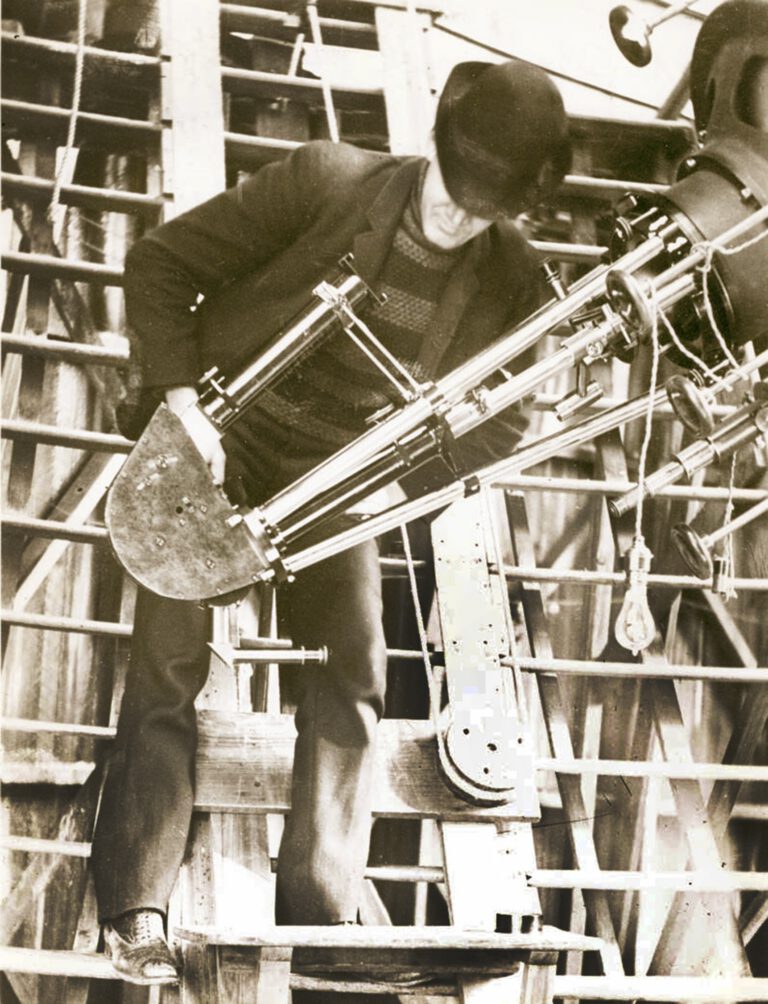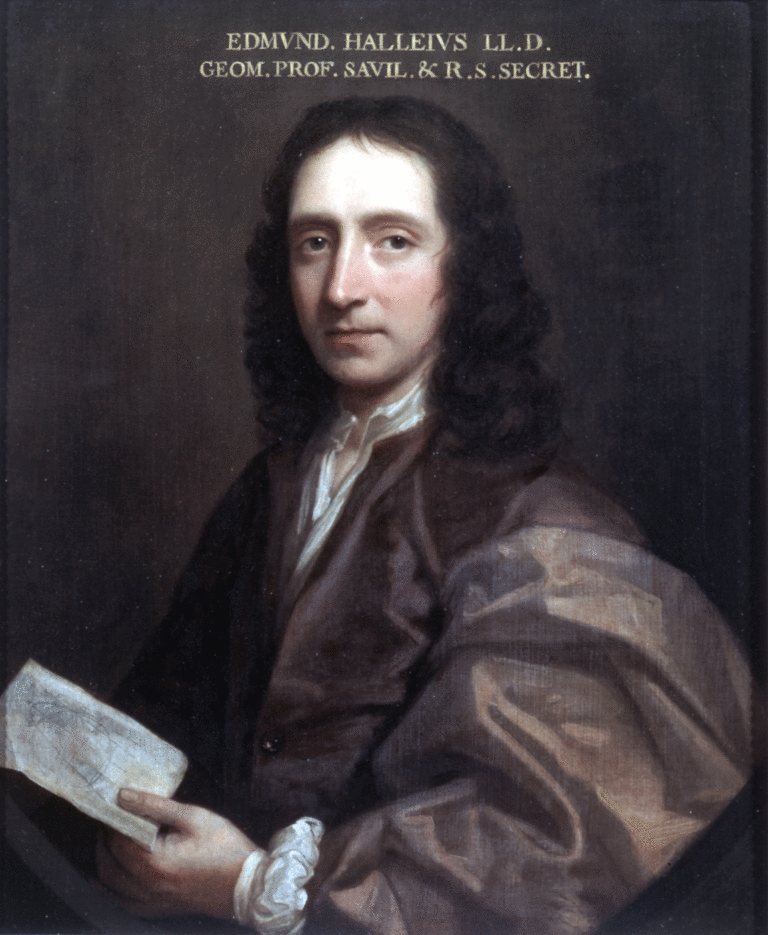
Key Takeaways:
- Albert II, a rhesus monkey, became the first mammal to reach space on June 14, 1949, aboard a V-2 rocket, achieving an altitude of approximately 83 miles.
- The mission successfully recorded Albert II's physiological data, including heart rate and respiration, during the suborbital flight.
- Despite the mission's scientific success, Albert II perished upon impact due to parachute failure.
- Albert II's flight significantly contributed to the understanding of mammalian physiology in space and paved the way for subsequent manned spaceflights.
On June 14, 1949, a rhesus monkey named Albert II was launched into space aboard a V-2 rocket from White Sands, New Mexico. Prior to Albert II, animals including fruit flies, mice, and another monkey (Albert I) had been launched in rocket and balloon flights as part of American space biology research, but Albert II’s flight attained an altitude of approximately 83 miles (134 kilometers), making Albert II the first mammal to reach space. Albert II was connected to monitoring instruments, and his data, including heart and respiration, were successfully recorded throughout the flight. Unfortunately, the capsule’s parachute failed upon return and Albert II died on impact, but the mission provided valuable physiological data for subgravity studies and contributed to the evolution manned spaceflight. By 1961, a chimp named Ham would be the first hominid in space; Yuri Gagarin and Alan Shepard would follow in a matter of months.


